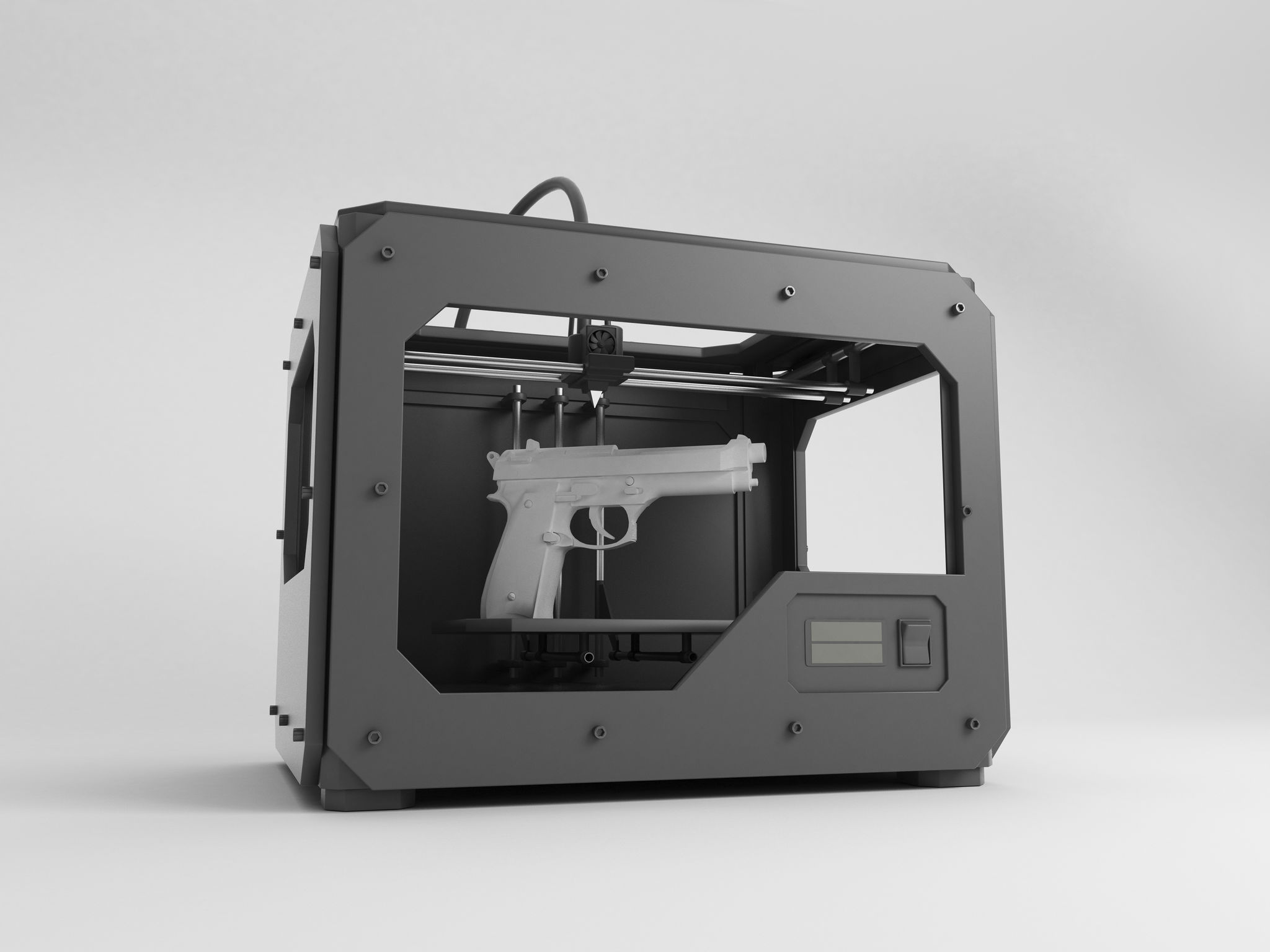3D Printing vs. Traditional Manufacturing: Which is Right for Your Business?
Understanding 3D Printing and Traditional Manufacturing
In today’s rapidly evolving industrial landscape, choosing the right manufacturing method is crucial for any business. Both 3D printing and traditional manufacturing offer unique advantages and challenges. Understanding these can help in making an informed decision that aligns with your business goals.

Traditional manufacturing methods, such as injection molding and CNC machining, have been used for decades and are known for their efficiency in producing large quantities of uniform products. On the other hand, 3D printing, also known as additive manufacturing, is relatively new and is celebrated for its flexibility and capability to produce complex designs with minimal waste.
Advantages of 3D Printing
One of the biggest advantages of 3D printing is its ability to create complex geometries that would be difficult or impossible with traditional methods. This makes it ideal for prototyping and small production runs. Additionally, 3D printing allows for more customization, enabling businesses to offer personalized products without significant cost increases.

Another benefit is the reduction in material waste. Since 3D printing builds objects layer by layer, it uses only the material necessary for the final product. This not only reduces costs but also contributes to more sustainable manufacturing practices.
Benefits of Traditional Manufacturing
For large-scale production, traditional manufacturing often outshines 3D printing in terms of speed and cost-effectiveness. Once the initial setup is complete, methods like injection molding can produce thousands of units quickly and at a lower cost per unit.

Moreover, traditional manufacturing processes are well-established, providing a level of reliability and consistency that newer technologies are still striving to match. This is critical in industries where product quality and precision are paramount.
Factors to Consider When Choosing a Method
When deciding between 3D printing and traditional manufacturing, consider the following factors:
- Volume: For small batches or custom items, 3D printing might be more economical. For mass production, traditional methods usually have the edge.
- Complexity: If your designs are intricate, 3D printing provides more flexibility.
- Material: Consider the types of materials each method can handle effectively.
- Lead Time: Assess how quickly you need the final product ready for market.
Ultimately, the choice between these two methods depends on your specific business needs, budget constraints, and production goals. By carefully weighing the pros and cons of each, you can make a strategic decision that will serve your business well in the long run.
The Future of Manufacturing
The landscape of manufacturing is continuously changing, driven by technological advancements and evolving market demands. Many businesses find that integrating both 3D printing and traditional manufacturing into their operations offers the best of both worlds, allowing them to capitalize on the strengths of each method.
As technology progresses, the gap between these two approaches may continue to narrow, offering even more opportunities for innovation and efficiency in production processes. Staying informed about these developments will be key to maintaining a competitive edge in any industry.